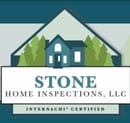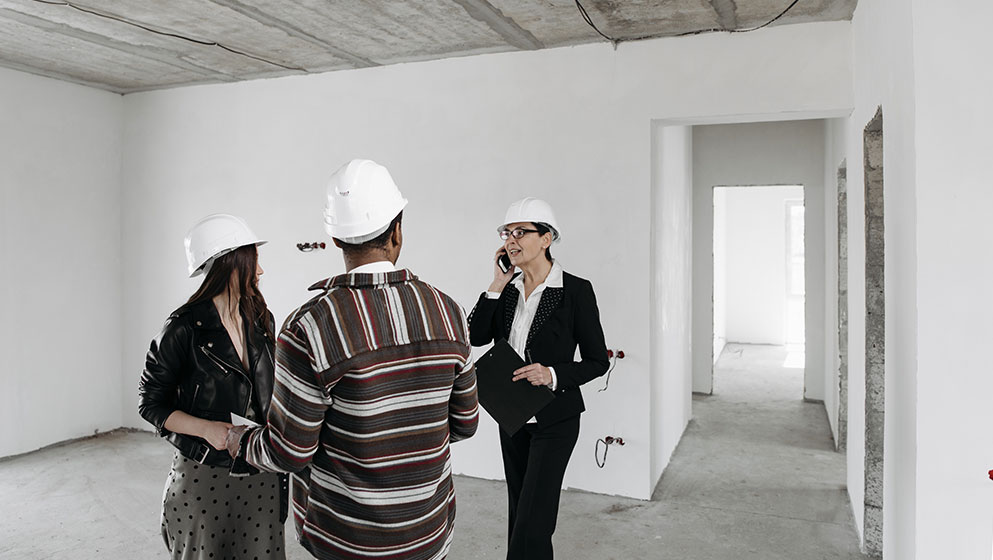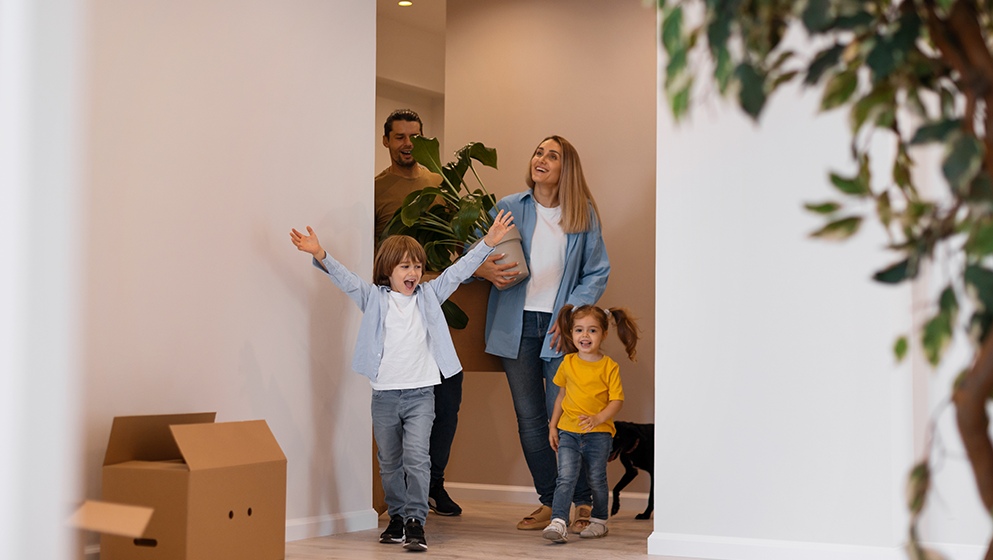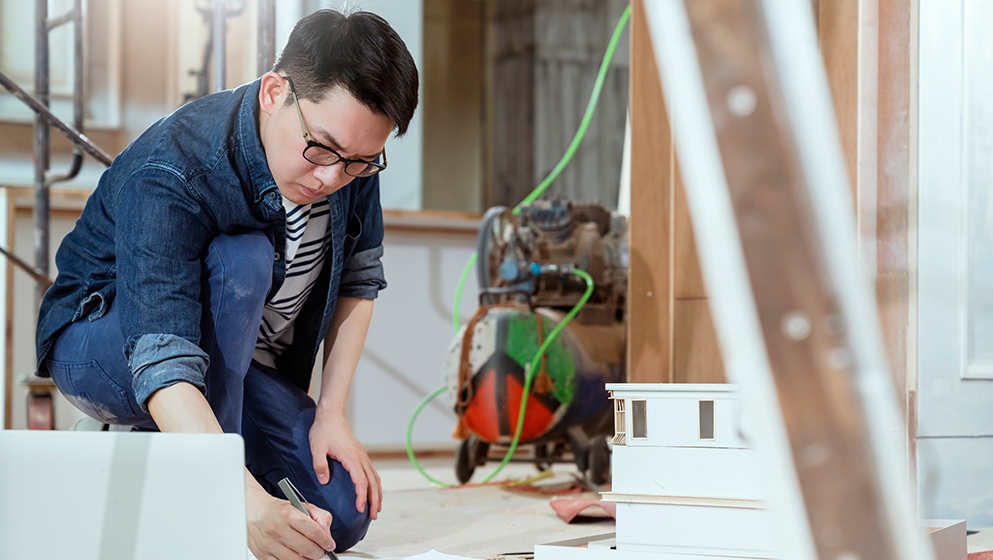Home safety is a crucial aspect of maintaining a secure and hazard-free living environment. Beyond the general inspection of a home, there are various other factors that need to be considered in order to ensure optimal safety.
This article aims to provide a comprehensive guide on conducting home safety checks that go beyond the conventional inspection. By adopting an academic style of writing that is objective, impersonal, and eliminates personal pronouns, this article will present detailed information and knowledge on evaluating the home’s exterior, assessing electrical safety, enhancing home security, creating a fire safety plan, and preventing accidents and injuries.
This organized approach will equip homeowners with the necessary knowledge and tools to effectively identify potential safety hazards and implement appropriate measures to mitigate risks. By adhering to these guidelines, individuals can ensure a safer and more secure living environment for themselves and their families.
Assess Your Home’s Exterior
The evaluation of the home’s exterior is essential in ensuring the safety and protection of both the residents and their property, evoking a sense of security and peace of mind. Outdoor maintenance plays a crucial role in preventing damage caused by weather conditions and natural elements. Regular inspection and maintenance of the exterior components such as the roof, siding, windows, and doors are necessary to identify any potential vulnerabilities.
To begin with, the roof should be checked for any missing or damaged shingles, as well as signs of leaks or water damage. Proper waterproofing techniques, such as applying sealants or installing waterproof membranes, can help enhance the roof’s durability and prevent water infiltration.
Additionally, the siding should be inspected for cracks, rot, or loose sections that may compromise its ability to protect the home from moisture penetration.
Windows and doors are another vital aspect of the home’s exterior that require attention. Ensuring that they are properly sealed and insulated can help prevent drafts and reduce energy loss. It is essential to check for any signs of wear or damage, such as cracked glass or broken locks, as they can compromise both the safety and energy efficiency of the home.
In conclusion, evaluating the home’s exterior through outdoor maintenance and weatherproofing techniques is crucial for the safety and protection of the residents and their property. By regularly inspecting and addressing any vulnerabilities, homeowners can create a secure and well-maintained environment.
Moving forward, it is important to also evaluate electrical safety within the home.
Evaluate Electrical Safety
Evaluate Electrical Safety by examining the condition of wiring, outlets, and electrical appliances in order to ensure a secure and hazard-free environment. Regular electrical maintenance is crucial to prevent safety hazards in the home.
Start by inspecting the wiring system for any signs of wear and tear, such as frayed or exposed wires. Faulty wiring can lead to electrical shocks, fires, or even electrocution.
Additionally, check for loose or damaged outlets, as these can pose a risk of electrical sparks or overheating. It is important to ensure that outlets are properly grounded and that they are not overloaded with too many appliances plugged in at once.
Furthermore, assess the condition of electrical appliances in the home. Look for any signs of damage, such as cracked cords or broken plugs. Faulty appliances can cause electrical malfunctions and increase the risk of fires or electrical shocks. It is also advisable to keep appliances away from water sources to minimize the risk of electric shock.
In conclusion, evaluating electrical safety is essential to maintain a secure living environment. By conducting regular inspections and addressing any issues promptly, homeowners can prevent safety hazards and protect their homes from potential electrical accidents. Enhancing home security will further ensure the overall safety and well-being of the household.
Enhance Home Security
To bolster residential security, homeowners can implement various measures to fortify their properties. One effective way to enhance home security is by utilizing smart home technology. This innovative approach allows homeowners to monitor and control their homes remotely through the use of internet-connected devices. With smart home technology, individuals can install security cameras, motion sensors, and smart locks, providing them with real-time alerts and the ability to lock or unlock doors from anywhere.
Additionally, homeowners can integrate smart home systems with alarm systems to further enhance security measures.
Another method to enhance home security is by participating in a neighborhood watch program. These programs involve neighbors working together to keep a close eye on their surroundings and report any suspicious activities to the local authorities. By actively engaging in a neighborhood watch, homeowners can create a sense of community and deter potential criminals. Neighborhood watch programs often organize regular meetings and training sessions to educate residents on crime prevention techniques and promote a safer living environment.
To create a fire safety plan, homeowners can take several important steps.
Create a Fire Safety Plan
Implementing a comprehensive fire safety plan involves a series of proactive measures to ensure the protection of residential properties. One crucial aspect of such a plan is identifying and establishing emergency exits. It is essential to have clearly marked exits that are easily accessible from all areas of the house. These exits should be free from any obstructions and should open easily to allow for a quick and safe evacuation in case of a fire emergency.
Another important component of a fire safety plan is conducting regular fire drills. These drills help to familiarize residents with the emergency procedures and ensure that they are able to respond effectively in case of a fire. During these drills, residents should be trained on how to safely exit the building, where to gather outside, and how to contact emergency services. Regular practice of these drills will help to build muscle memory and reduce panic in the event of a real fire emergency.
By incorporating these proactive measures into a fire safety plan, homeowners can significantly reduce the risk of fire-related accidents and injuries.
Transitioning into the subsequent section about preventing accidents and injuries, it is important to also consider other safety measures that can be implemented within the home.
Prevent Accidents and Injuries
Enhancing household safety involves implementing additional measures to mitigate the risk of accidents and injuries. Childproofing tips play a crucial role in safeguarding homes against potential hazards. It is essential to secure cabinets and drawers that contain harmful substances, such as cleaning products and medications. Installing safety gates at the top and bottom of staircases and covering electrical outlets are effective ways to prevent accidents, especially for families with young children. Additionally, anchoring heavy furniture and appliances to the wall can prevent them from tipping over and causing injuries.
Regular maintenance is also of utmost importance in maintaining a safe home environment. This includes inspecting and replacing worn-out electrical cords to prevent electrical fires. It is also crucial to regularly check and clean chimneys and fireplaces to minimize the risk of chimney fires. Furthermore, conducting routine inspections of heating and cooling systems ensures proper functioning and reduces the likelihood of carbon monoxide leaks. Regularly testing smoke detectors and replacing batteries is essential for early fire detection.
Lastly, maintaining a clutter-free environment and keeping walkways clear of obstacles can help prevent falls and injuries. By implementing these childproofing tips and prioritizing regular maintenance, households can significantly reduce the risk of accidents and injuries in their homes.
Conclusion
In conclusion, conducting regular home safety checks is crucial for ensuring the well-being of individuals and the protection of their property. By thoroughly assessing the home’s exterior, evaluating electrical safety, enhancing home security, creating a fire safety plan, and taking steps to prevent accidents and injuries, homeowners can create a safer living environment.
These measures demonstrate a responsible approach to home maintenance and safeguarding against potential hazards. By following these guidelines, individuals can ensure the safety of their homes and loved ones.





